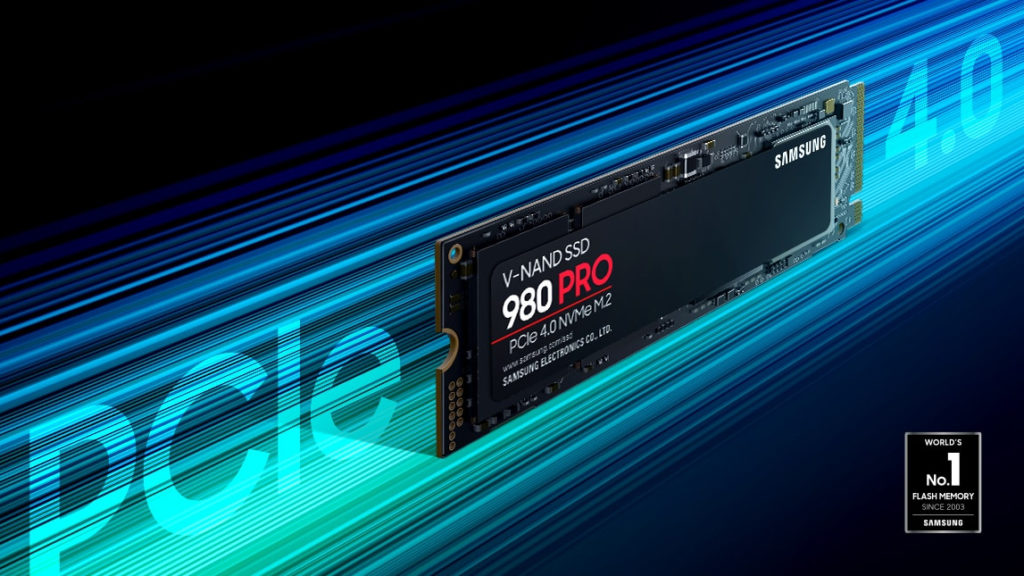Seeking answers? Join the AnandTech community: where nearly half-a-million members share solutions and discuss the latest tech.

www.anandtech.com
"Historically, the PRO line of SSDs use some of Samsung's fastest and most durable NAND available - this is what gives the products the PRO name. This time around, Samsung is changing things to help expand its Pro line customer base - Samsung is abandoning the use of the two bit per cell (MLC) memory that has been the hallmark of the PRO product lines, and with the 980 PRO, Samsung is finally switching to three bit per cell (TLC) NAND flash memory. This change is not unprecedented: Samsung has been almost completely alone in their continued use of 2-bit MLC NAND. By comparison, the rest of the SSD industry (consumer and enterprise) has moved from MLC to TLC, even on the leading edge designs.
The historical reasoning for choosing MLC NAND over TLC NAND has always boiled down to two main factors: MLC tends to be faster, and it has higher write endurance."
"In many ways, this drive could have easily been labeled the 980 EVO as a replacement for the 970 EVO Plus. Along with switching to TLC NAND, Samsung has cut the write endurance ratings in half to 0.3 DWPD and dropped the usable capacities down to the typical TLC/EVO levels of 250/500/1000 GB instead of 256/512/1024 GB."
"The Elpis controller is their second to feature a metal heatspreader on the controller package. This is the third generation of drives to use copper foil in the label on the back of the drive as an additional heatspreader."
"After the PCIe 4 support and 8nm fab process, the next most important feature of the new Samsung Elpis is its support for 128 IO queues, up from 32 in the previous Phoenix controller. The most common use case for multiple IO queues on a NVMe SSD is for the OS to assign one queue per CPU core, so that no core-to-core synchronization is required for software to submit new IO commands to the SSD. Now that CPU core counts have grown well beyond 32, it makes sense for Samsung to support more queues..."
"The 980 PRO does not advertise compliance with the latest NVMe 1.4 specification and instead claims compliance with version 1.3c, but this has basically no practical impact."
"The 980 PRO is still constrained by the latency of NAND flash memory, even though Samsung's 128L TLC is a bit faster than their 92L and 64L generations. The switch to offering much larger SLC cache sizes probably matters a lot more than the addition of PCIe Gen4 support, and the modest power efficiency improvements are overdue."
"Samsung's decision to use TLC NAND in the 980 PRO instead of the traditional MLC NAND for their PRO SSDs has raised some eyebrows, to say the least. Their PRO product line has long stood as one of the most premium options in the SSD market, and this change raises the question of whether the 980 PRO actually deserves that 'PRO' moniker. This drive could easily have been labeled the 980 EVO instead, and it would have been a great successor to that product line."
"But that does leave a gaping hole in Samsung's lineup where a more mainstream 980 EVO might go. Samsung probably wouldn't release a QLC-based NVMe drive using the EVO suffix while they are still trying to establish their QVO branding in the SATA SSD market. But using QLC NAND isn't the only way to make a more affordable mainstream alternative to the overkill that is the 980 EVO.
My bet is that Samsung is considering releasing another PCIe Gen3 drive, or a PCIe Gen4 drive that is significantly slower, cheaper and more power efficient."

